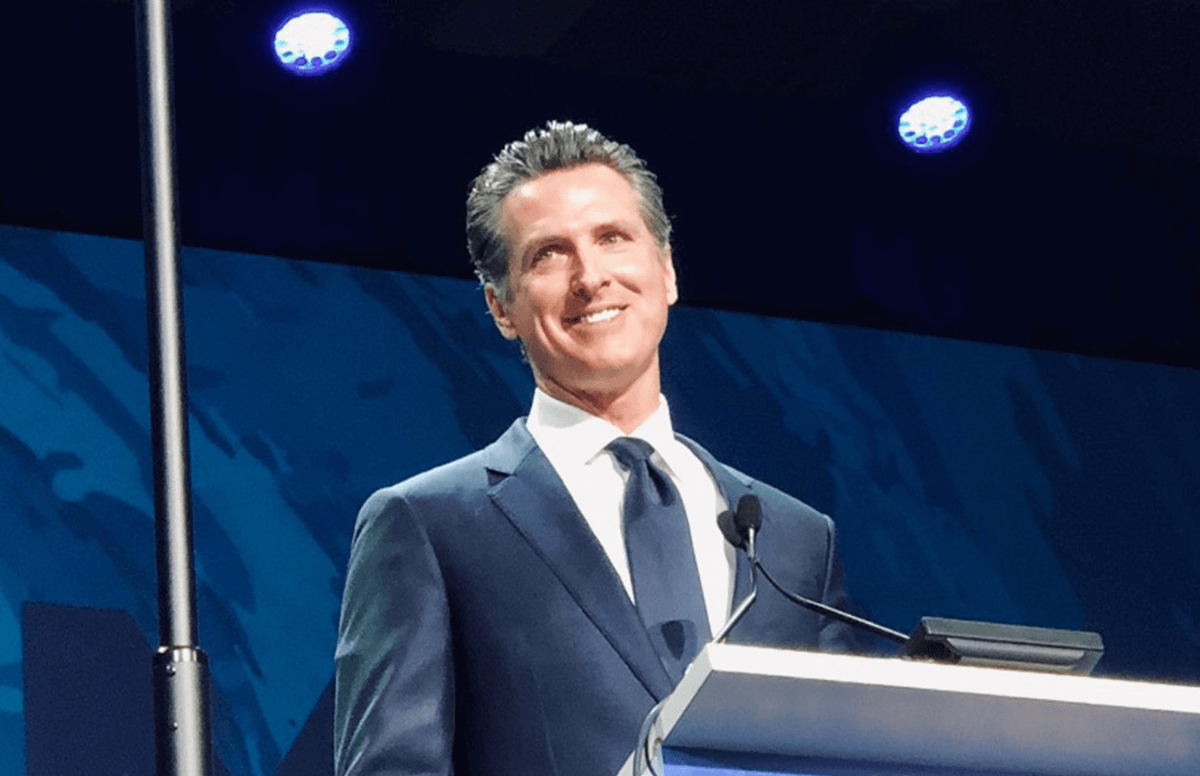Gov. Gavin Newsom: Creating a Master Plan for Aging in California
The bold idea of California's new governor makes him a 2019 Influencer in Aging
When he ran for governor of California in 2018, Democrat Gavin Newsom pledged that if he won, he’d create a Master Plan for Aging for the state and its residents. One reason: the Golden State’s 65+ population is projected to grow almost 90% by 2030, topping roughly 8.6 million. After his election, Newsom quickly appointed a team to turn the Master Plan idea into reality by Oct. 1, 2020. As he said in his State of the State address: “It’s time for a new Master Plan on Aging. It must address person-centered care, the patchwork of public services, social isolation, bed-locked seniors in need of transportation, the nursing shortage, and demand for In-Home Supportive Services that far outpaces its capacity.”

California will be the largest state with a Master Plan for Aging, and one of just five in the nation; the others are Colorado, Connecticut, Minnesota and Washington. Newsom’s Master Plan will have a cabinet-level working group. “For older Californians, the Master Plan for Aging is probably the most significant thing to happen since the state became a state,” said Dr. Bruce Chernof, a member of the Master Plan’s Stakeholder Advisory Committee and CEO of The SCAN Foundation (focused on finding innovative needs to the health care needs of older Californians).
Why did you think it was time for a Master Plan for Aging for California?
The Golden State is graying. We will have roughly four million more older Californians by 2030, and we are not prepared for this demographic shift.
Not only will we see a significant growth in the number of older Californians, but we are also going to see a shift in the composition of older adults. In parts of California, older adults are the fastest growing segment of the homeless population. This cohort of older adults is more likely to be single or childless, more ethnically diverse, live alone and live in poverty.
"My vision for the Master Plan for Aging is that it will serve as a blueprint that can guide state government, local communities, private organizations and philanthropy to build environments that promote healthy aging."
An aging population will introduce new opportunities for economic and community growth, but also drive increased health and long-term care costs.
There is no single policy or program that will prepare us for this shift in our population. Instead, it will take a combination of programs and services, and we must prepare for this together — young and old, public sector and private sector.
What is your goal for the Master Plan for Aging?
My vision for the Master Plan for Aging is that it will serve as a blueprint that can guide state government, local communities, private organizations and philanthropy to build environments that promote healthy aging.
As part of our work on the Master Plan for Aging, we will have to think differently about how we deliver our programs and services. This is a unique opportunity for us to recommit ourselves to ensuring that the delivery of our public programs is centered on the needs of their users, our clients.
For decades, public programs and services have been designed and delivered to support the structure of government; however, our clients don’t live their lives in silos.
How difficult do you think it will be to get consensus and implement ideas from the Master Plan, and why?
I am an optimist. Although we will need to make room for Californians with various backgrounds and expertise to engage in this process, ultimately, I am confident we will build consensus.
Government cannot, and should not, do this alone. We can only do this collectively, by sharing ideas and connecting people, stories and data. We all have a role to play in ensuring that older Californians can age in place and with dignity.
The question we need to ask ourselves is: how can we all create aging-friendly communities for all older Californians?
What should Californians look for as results of the Master Plan?
It is my hope that local communities, including counties and cities, begin to adopt policies that help to build age-friendly communities. It is my hope that private companies and philanthropic organizations begin to invest in age-friendly programs that support older Californians and their caregivers. And it is my hope that as government, we can deliver programs and services based on the needs of older Californians, not on the structure of our bureaucracies.
What is the first thing you’d like to see coming out of the Master Plan?
We need a public conversation about what it means to age in a state that recognizes the value of older Californians. I would like our Master Plan to help people understand that aging should not have a negative connotation. Instead, we should celebrate it and aspire to it.
Why don’t you think many other states have created Master Plans for aging, and what’s the danger for them and their residents by not having one?
To date, the urgency has not been there to act. However, we are running out of time, and we must be prepared.


